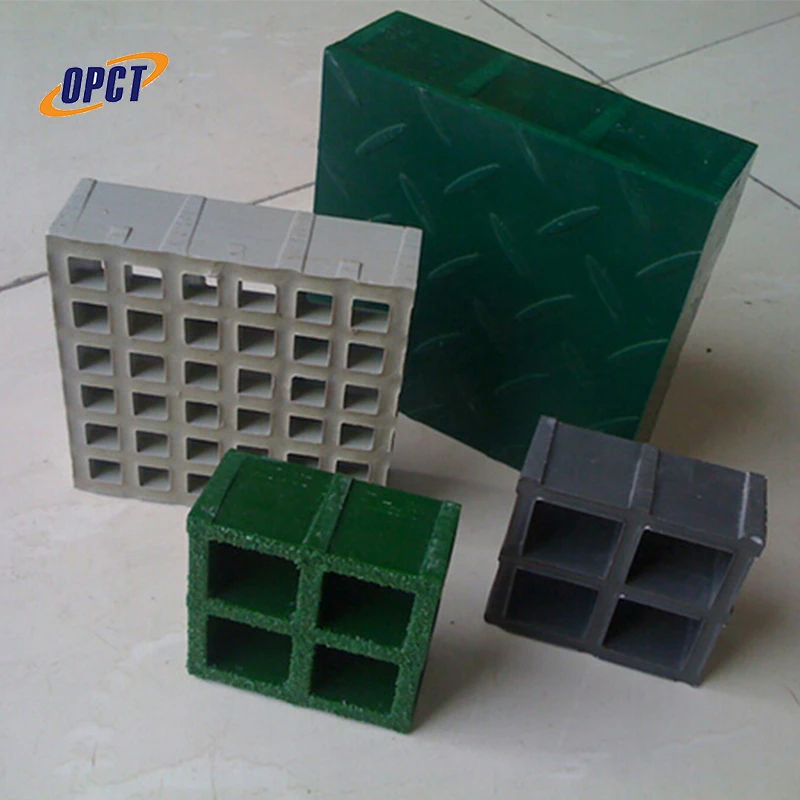


The Versatile Applications of Fiberglass Rods
Fiberglass rods have gained significant popularity in various industries due to their lightweight, corrosion-resistant, and high-strength properties. Made from a composite material of glass fibers and resin, these rods offer a myriad of advantages that make them suitable for a wide range of applications. This article will explore the characteristics, manufacturing processes, and various uses of fiberglass rods, highlighting their importance in modern engineering and construction.
Characteristics of Fiberglass Rods
One of the most notable features of fiberglass rods is their remarkable strength-to-weight ratio. They are significantly lighter than traditional materials like steel, yet they can withstand substantial loads. This makes them an ideal choice for applications where weight is a critical factor, such as in aerospace and automotive industries.
Additionally, fiberglass rods exhibit excellent resistance to corrosion, ensuring longevity even in harsh environmental conditions. This property makes them particularly valuable in marine applications, where they are often used in boat construction and repair. Unlike metal rods, fiberglass does not rust or deteriorate, thereby reducing maintenance costs over time.
Thermal and electrical insulation are other essential characteristics of fiberglass rods. They can withstand high temperatures and make excellent insulators, which is why they are commonly used in electrical applications. Their non-conductive properties ensure safety and efficiency in various electrical installations.
Manufacturing Processes
The manufacturing of fiberglass rods typically involves the use of a process known as pultrusion. In this method, continuous strands of glass fibers are drawn through a resin bath and then through a heated die to create the desired shape and size of the rod. This process allows for high-volume production of rods with consistent quality.

Another method is filament winding, where glass fibers are wound around a rotating form, allowing for the creation of rods with varying diameters and configurations. This flexibility in manufacturing enables the production of custom-designed fiberglass rods tailored to specific application requirements.
Applications of Fiberglass Rods
The versatility of fiberglass rods extends across numerous industries. In construction, they are used as reinforcement bars (rebar) in concrete structures, providing additional strength to withstand bending and shear forces. Their lightweight nature facilitates easier handling and installation on job sites.
In the realm of telecommunications, fiberglass rods serve as essential components for reinforcing and suspending overhead power lines and communication cables. Their non-conductive properties make them ideal for use in electrical and telecommunication applications, minimizing the risk of electrical interference.
Marine applications also see extensive use of fiberglass rods. They are often utilized in the construction of boat masts, fishing rods, and other sporting equipment due to their resistance to water and UV damage. Moreover, in the automotive industry, fiberglass rods are increasingly replacing metal parts in car manufacturing, resulting in lighter vehicles that enhance fuel efficiency.
Conclusion
Fiberglass rods, with their unique combination of strength, lightweight, and resistance to various environmental factors, play a critical role in a multitude of industries. As technology advances and the demand for sustainable, efficient materials grows, fiberglass rods will likely continue to see expanded usage. Their versatility not only enhances product performance but also contributes to innovative solutions across engineering, construction, and manufacturing sectors. As industries evolve, studying and understanding the potential of fiberglass rods remains crucial for engineers and designers aiming to push boundaries and create efficient solutions for future challenges.